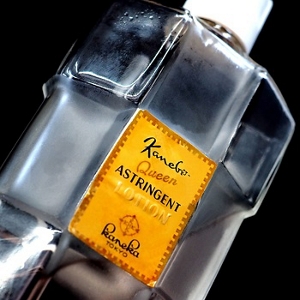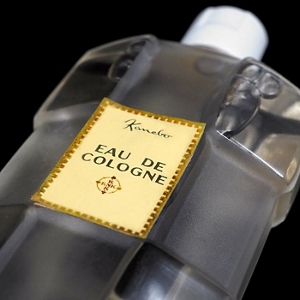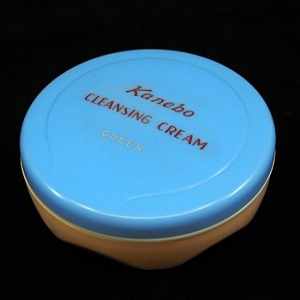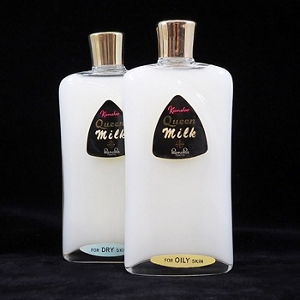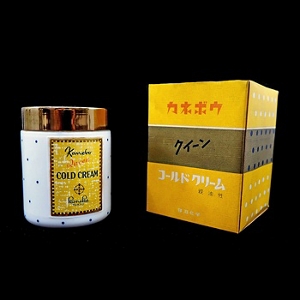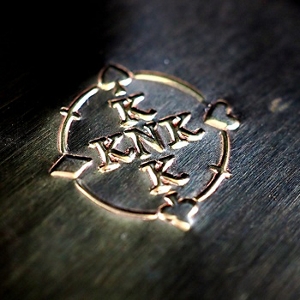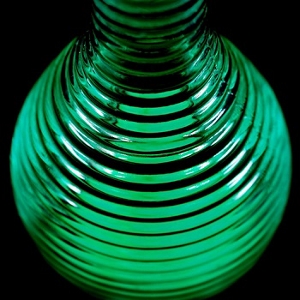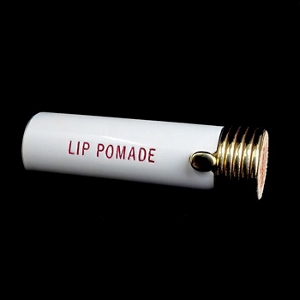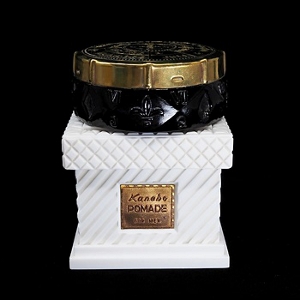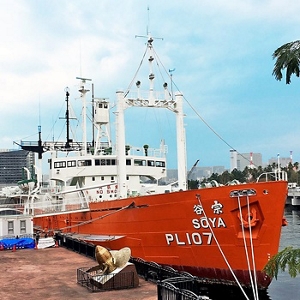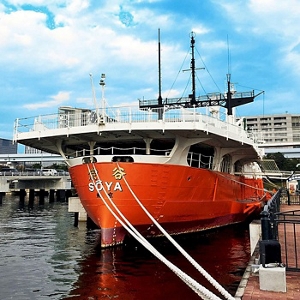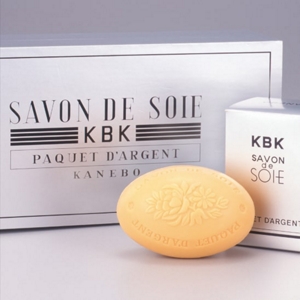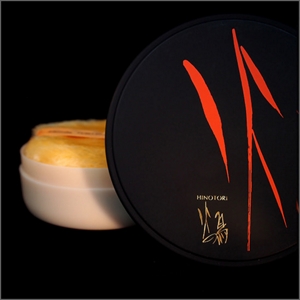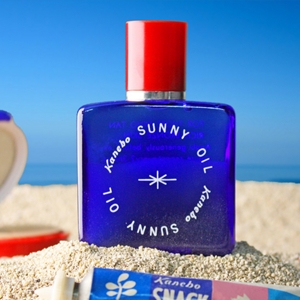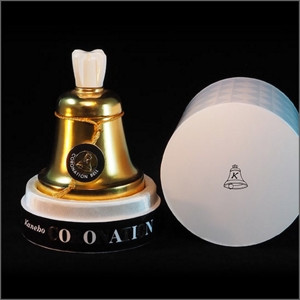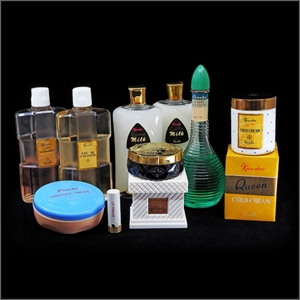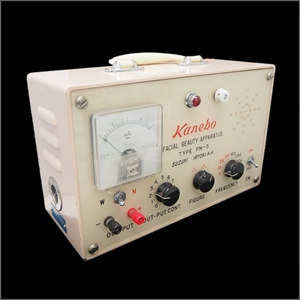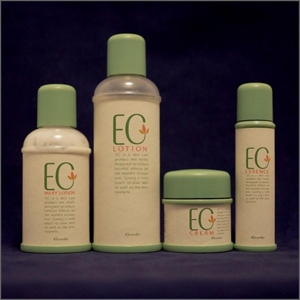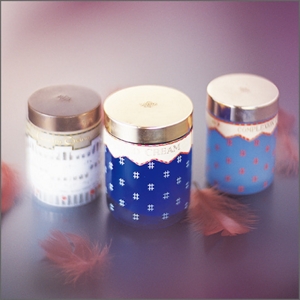How cosmetics helped Japan’s 1st Antarctic research expedition
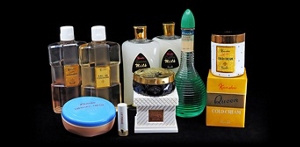

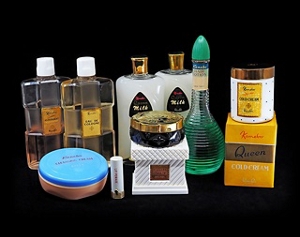
Some of the cosmetic products included in the cargo of the 1st Japanese Antarctic Research Expedition
Share this page
Ten years after World War II, Japan took part in the International Geophysical Year, an international scientific program focusing on worldwide research of the Earth and its environment. The area allocated to the Japanese expedition—Antarctica—had an average temperature of minus 50 degrees Celsius and was overrun by blizzards with a 100 m/sec velocity. Citizens throughout Japan were still suffering from the post-war food shortage, but Japan took on this challenge in a bold effort to restore its status in the international community and support scientific collaboration on an international scale.
In November 1956, 77 crew members led by Captain Mitsuji Matsumoto, 53 researchers led by Dr. Takeshi Nagata, 22 Sakhalin Huskies, one cat, two canaries, and 400 tons of cargo including the Antarctic base building and snowcats left a port in Tokyo. Amidst the post-war uncertainty concerning the fate of Japan as a nation, the expedition represented the hopes, dreams, and aspirations for a brighter future. Aboard the Antarctic research ship, Soya, these brave crew members set out to travel 20,000 kilometers to the unknown continent. In January the following year, Soya arrived in Antarctica (after overcoming many setbacks and accidents), where they successfully set up Showa Station.
The November 15th, 1956, issue of our internal newsletter, Kanebo Cosmetics News, featured an interesting article regarding the cargo of Soya. Along with all those who traveled to the Antarctic region were 400 days’ worth of moisturizer, cold cream for nourishment and massaging, cleansers, Eau De Cologne (the name of our line of moisturizing lotions developed in the 1950s), toner, pomade, Tique styling wax, hair lotion, and lip balm. At an Antarctic research exhibition held before the departure of the Soya at a department store in Tokyo, Kanebo displayed all these items next to a range of cold-proof gear, research equipment, work machinery, rubber boats, and dog sleds.
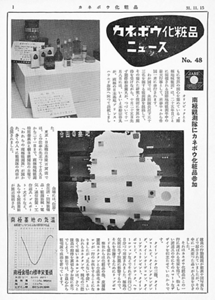
Kanebo Cosmetics News article about Kanebo products accompanying the Japanese Antarctic expedition team.
Given that female crew members did not join the expedition until 1987, all the cosmetics were used by males. These cosmetic products helped protect the skin, scalp, hair, and lips of the crew members from extremely cold conditions beyond imagination and high levels of ultraviolet exposure.
While the environments we experience daily are not as severe as Antarctica, it is still important—especially during dry sessions—to hydrate every inch of our skin with moisturizer (both lotion and emulsion, combined with serum or moisturizing cream). Check out our article on Double moisturizing to learn how to supply your skin with plenty of moisture.
Considering the cosmetics products onboard the 1956 International Geophysical Year expedition, we like to believe the crew members and researchers used the same skincare techniques found in our articles to brave the harsh climate of the Antarctic region.
-

Queen Astringent (toner)
-

Queen Eau De Cologne (moisturizing lotion)
-

Queen Cleansing Cream
-

Queen Milk (emulsion)
-

Queen Cold Cream
-

Logo design, Cold Cream Lid
-

Kanebo Hair Lotion
-

Shaded photograph, Hair Lotion bottle
-

Kanebo Lip Pomade (lip balm)
-

Kanebo Pomade
-

Lid design, Kanebo Pomade
-

Antarctic research ship Soya (bow)
-

Antarctic research ship, Soya (aft)
Read more stories
-

A beautiful beginning: the gift of silk
Nov 30, 2018
-

Harmony in fragrance: when art meets aroma
Dec 28, 2018
-

Kabuki foundation,
created with function and passionFeb 28, 2019
-

The development of cosmetic culture in Japan
Sep 13, 2019
-

Beauty advice at beach house
Sep 13, 2019
-

Coronation Bell, a scent to symbolize a new era
Oct 31, 2019
-

Supporting women and the birth of purpose-driven branding
Dec 25, 2019
-

How cosmetics helped Japan’s 1st Antarctic research expedition
Jan 31, 2020
-

Kanebo’s Facial Beauty Apparatus, the first esthetic device in Japan
Apr 30, 2020
-

Kanebo EC—a brand that embraced sustainability & LOHAS
Aug 25, 2020
-

Art, community, and care at Kanebo Cosmetics Education Center
Nov 30, 2020
-

Excellence, encountered: a Kanebo story of cosmetics, silk, and friendship
Jan 15, 2021

